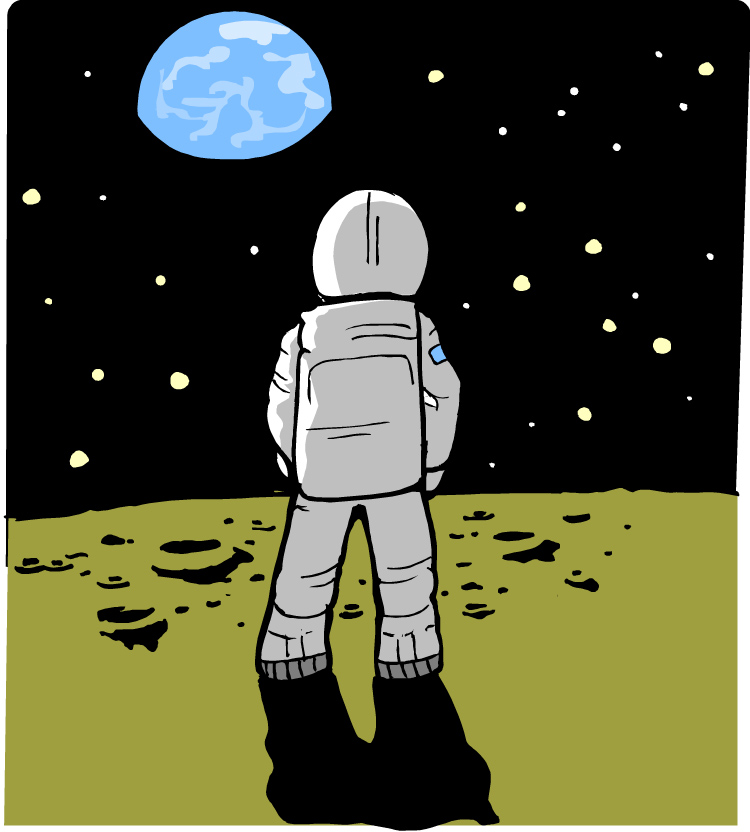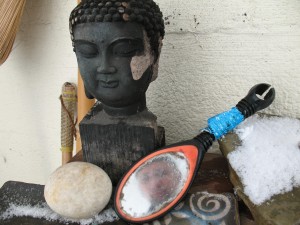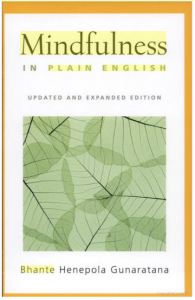HERE IS THE READING SELECTION for the Dec. 15 meeting of the Meditation Circle of Charleston, an excerpt from Chapter 1 of “Mindfulness in Plain English” by Bhante Gunaratana, which can be read in its entirety for free online or for purchase through Wisdom or Amazon. See this post for more on the Circle’s ongoing discussion in 2010 on the basics of a meditation practice in the Buddhist style of insight or vipassana meditation.

Excerpt from Chapter 1, “Meditation: Why Bother?” from “Mindfulness in Plain English” by Bhante Henepola Gunaratana (Wisdom Publications)
Meditation is not easy. It takes time and it takes energy. It also takes grit, determination and discipline. It requires a host of personal qualities which we normally regard as unpleasant and which we like to avoid whenever possible. We can sum it all up in the American word ‘gumption’. Meditation takes ‘gumption’. It is certainly a great deal easier just to kick back and watch television. So why bother? Why waste all that time and energy when you could be out enjoying yourself? Why bother? Simple. Because you are human. And just because of the simple fact that you are human, you find yourself heir to an inherent unsatisfactoriness in life which simply will not go away. You can suppress it from your awareness for a time. You can distract yourself for hours on end, but it always comes back — usually when you least expect it. All of a sudden, seemingly out of the blue, you sit up, take stock, and realize your actual situation in life.
There you are, and you suddenly realize that you are spending your whole life just barely getting by. You keep up a good front. You manage to make ends meet somehow and look OK from the outside. But those periods of desperation, those times when you feel everything caving in on you, you keep those to yourself. You are a mess. And you know it. But you hide it beautifully. Meanwhile, way down under all that you just know there has got be some other way to live, some better way to look at the world, some way to touch life more fully. You click into it by chance now and then. You get a good job. You fall in love. You win the game. and for a while, things are different. Life takes on a richness and clarity that makes all the bad times and humdrum fade away. The whole texture of your experience changes and you say to yourself, “OK, now I’ve made it; now I will be happy”. But then that fades, too, like smoke in the wind. You are left with just a memory. That and a vague awareness that something is wrong.
But there is really another whole realm of depth and sensitivity available in life, somehow, you are just not seeing it. You wind up feeling cut off. You feel insulated from the sweetness of experience by some sort of sensory cotton. You are not really touching life. You are not making it again. And then even that vague awareness fades away, and you are back to the same old reality. The world looks like the usual foul place, which is boring at best. It is an emotional roller coaster, and you spend a lot of your time down at the bottom of the ramp, yearning for the heights.
Continue reading →



















